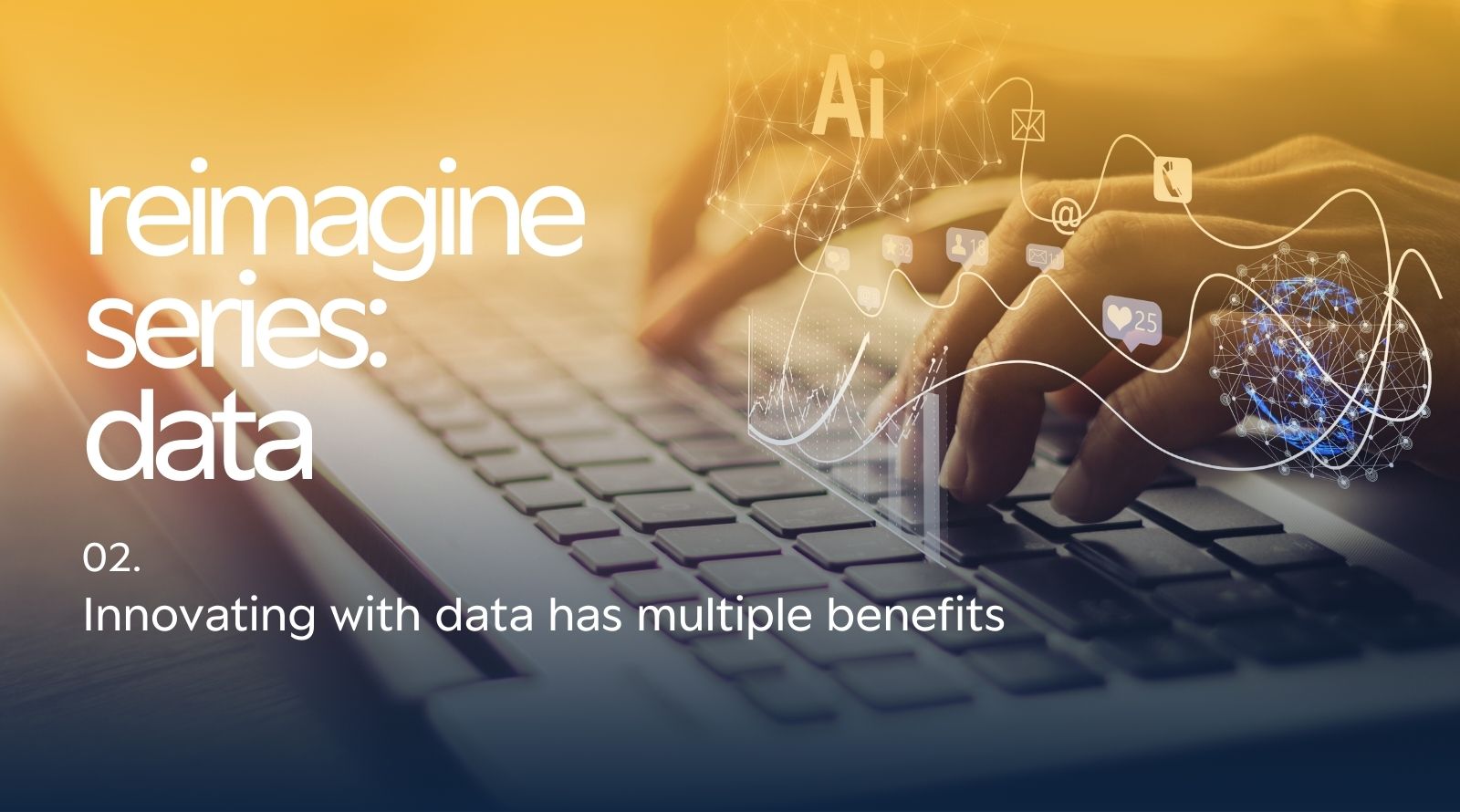In the second post of reimagining data, our academics look at how data innovations in one area of a business can help transform other areas. For instance, innovations in data security can boost product development, and in the process fuel a firm’s growth.
Corporations that have in-house data engineers programming, say antivirus software, are more able to use this expertise to create new data-led business services. So-called ‘data complementarity’ means these firms are uniquely positioned to turn operational challenges into new opportunities.
Research by Professor Roxana Mihet, Director of the AI & The Digital Economy Lab at HEC Lausanne, has shown the transformative role of these data-feedback loops.1 They boost productivity, reinforce a company’s competitive advantage and cement their market power in an increasingly data-driven economy.
One example is Amazon, the U.S behemoth originally patented its data-protection technology, which was developed to securely transmit financial data. This then became the foundation of its groundbreaking ‘1-Click’ ordering system, which is now a hallmark of their operational efficiency and innovation in customer experience.
“We are able to show a virtuous cycle where increased data security-related innovation spills over into other forms of innovation, leading to overall corporate growth. Large companies, specifically tech giants, are now able to pull away from smaller competitors that do not have this data complementarity,” explains Professor Mihet.
“The lesson from this research is that those sitting in an IT department innovating in one area of the business, say data security, need to be located close to those working on other data-led innovation projects in marketing, sales or customer service. There needs to be lots of communication between these teams and a flat organisational structure. So there is a cross fertilisation of ideas, know-how and problem solving on data — your organisational structure really does matter.”
In many cases, innovation around data has been due to regulation. Where company’s have to innovate in order to comply with legislation and in the process they transform how other business services function. Professor Mihet has shown this with respect to climate policies and AI investments.2
When there are specific climate regulations, corporations actively reallocate their AI development activities to locations where clean energy is abundant. In the process these firms develop greener IT practices. Therefore, an alignment between climate policy and AI development can create a virtuous cycle in which clean energy supports AI, and AI, in turn, facilitates the energy transition.
Data complementarity also shows up in other areas. Professor Mihet has demonstrated that investing in AI doesn’t just enhance general innovation it also provides a better defence against cybersecurity threats.3
“Businesses that have low data complementarity can learn from the business model of those that have high data complementarity. The transfer of know-how and expertise can make a real difference when it comes to innovating around data. It doesn’t just have to be the big tech giants that benefit from this,” Mihet concludes.
References:
- Data Innovation Complementarity and Firm Growth, A Fedyk, O Gomes, R Mihet, K Rishabh American Economics Association, January 29, 2025
- AI Investment and Climate Policy, A Feher, E Garcia-Appendini, R Mihet, Available at SSRN, December 14, 2024
- Cyberrisk and AI Firms, R Mihet, K Rishabh, J Jang-Jaccard, provisionally accepted at The Review of Corporate Financial Studies, 2024




